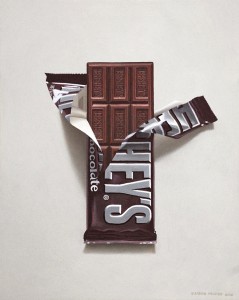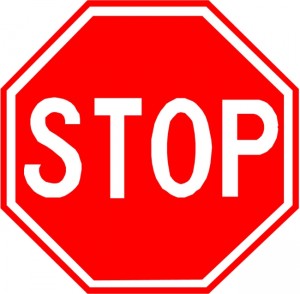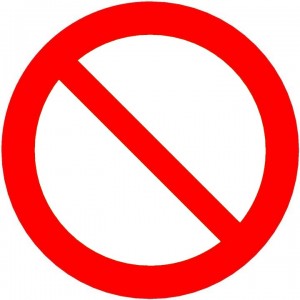Follow Scott
Recent Tweets
- Waiting for Twitter... Once Twitter is ready they will display my Tweets again.
Latest Photos
Search
Tags
anniversary Balticon birthdays Bryan Voltaggio Capclave comics Cons context-free comic book panel conventions DC Comics dreams Eating the Fantastic food garden horror Irene Vartanoff Len Wein Man v. Food Marie Severin Marvel Comics My Father my writing Nebula Awards Next restaurant obituaries old magazines Paris Review Readercon rejection slips San Diego Comic-Con Scarecrow science fiction Science Fiction Age Sharon Moody Stan Lee Stoker Awards StokerCon Superman ukulele Video Why Not Say What Happened Worldcon World Fantasy Convention World Horror Convention zombies
©2025 Scott Edelman
Why a comic book isn’t a Hershey’s bar
There’s been a ton of great commentary about that Sharon Moody artwork over on the Bleeding Cool bulletin boards, though if you want to follow all the threads of what the site’s commenters have said so far, you’ll have to check out its republication of my original article, its posting of my wife’s essay on the event, plus Dean Butters’ defense of the appropriation.
One of the posts I was happiest to see was this one from Joe B. Pangrazio, which quoted one of the co-owners of the Bernarducci Meisel Gallery as follows:
Anyone who attends the exhibition of her work will read that she has already acknowledged the artists who illustrated the comics on which her art is based. I would like to extend to you my personal invitation to see the exhibition as well. Perhaps we can discuss the subject further face to face. You might be interested to know that there is a recently published book entitled, “The Art Prophets.” One of the chapters is devoted to Stan Lee and the early history of DC and Action Comics, a subject you certainly know much about. You might also be pleased to know that he and Jack Kirby and others are treated on a par with other fine art world figures, including my business partner who has his own chapter as well. We have this book on hand for people to purchase for their own libraries should they be interested in the subject. It is good to know that the comic book artists and creators are finally getting the attention they deserve.
I was pleased to read those words, because it was the first response I’d heard that credit was being given where credit was due. I have no idea whether the acknowledgements always existed or were only posted publicly after the brouhaha began, since if full credit was already in place, I’d have assumed we’d have heard that earlier, with a simple, “Hey, man, you’ve got us all wrong, we’re not trying to ignore the original artists, we’ve always been giving them credit,” which would have gone far to assuage much of the concern. I look forward to learning the answer to that, and also to seeing the nature of the acknowledgements themselves, which I plan to do in the beginning of January when I visit the exhibition.
There’s one other thing I’d like to address before then, though.
Over the past week, as I’ve read your comments here and those over at Bleeding Cool, I’ve realized that some were correct to call me out on one aspect of this. I was accused of being more concerned with the lack of acknowledgement of the comics creators than the anonymity of the creators of some of the other commercial objects that had been mentioned. After mulling it over it, I realized that, yes, I was. I am.
Well … why? Why, for example, didn’t I demand recognition of whomever brought the Hershey’s bar wrapper into being, since Moody drew on that for one of her paintings as well?
And after thinking it over, here are several reasons I feel that way.
I believe that an industrial design such as the Campbell’s soup can was likely the product of hundreds of anonymous individuals—engineers, artists, machinists, executives, focus group runners, and so on—who worked as a group to come up with the final product we know. We likely don’t know who they all are, and it would be difficult to find out. (Coincidentally, a friend of mine just sent along a link to a New York Times story in which Campbell’s own corporate archivist stated that, “We do not have specific information on who designed the label, mostly because our records indicate that it was a cooperative effort.”) But as for that Batman page I shared with you when this all began, we KNOW that was drawn by Irv Novick and Dick Giordano, we KNOW the words were written by Denny O’Neil, and Sharon Moody would have known it, too, because, after all, the credits were attached to the comic she used for reference.
The difference also has something to do with the immediate universal recognizability of an object. When people see a reproduction of a Hershey’s bar or a Campbell’s Soup can, of which there have been billions and billions made, people understand what they’re seeing. Is there any adult who doesn’t?
Those corporate symbols are as universal as Stop signs and No symbols.
But when people see an individual comic book page, of which only a few hundred thousand had been made, they don’t get that. They’ll surely know that Spider-Man was created by someone other Ms. Moody, but will they know, without being told, that the work isn’t an homage, but rather a near-perfect reproduction of existing artwork by another artist? (Yes, made to appear three-dimensional, but still.)
For example, a visitor to the gallery at which Moody’s work was being exhibited could have assumed that something similar was going on there as occurred at the Under the Influence: A Tribute to Stan Lee exhibition of fine art homages at Gallery 1988 several years ago—as reported here by Comic Book Resources.
Those images were inspired by Marvel Comics’ creators, but were understood to be otherwise entirely out of the artists’ imaginations, as opposed to being photorealistically copied. Might not a gallery visitor, seeing Moody’s work, assume the same?
Because when no context is provided, calling a painting trompe l’oeil doesn’t say with 100% clarity that you painted something exactly as it was in real life. It only telegraphs that you’ve made something look three-dimensional, and is not necessarily a statement that you’ve taken another unnamed artist’s work and made it appear so.
Finally, when you draw a Hershey’s bar, you’ve in effect drawn all Hershey’s bars. When you draw a comic book page, on the other hand, you’ve drawn only that comic book page, created by that unique, very specific, easily credited artist.
Because of all these reasons, and other I’ve yet to completely parse out, I’ve felt from the start that a more exact attribution is required. I’m glad to see by the statement above that one has been made. And I look forward to seeing that attribution myself—and learning more about how the fine art world perceives all this—a few weeks from now.
2 Comments for Why a comic book isn’t a Hershey’s bar
James
That should be minds, not Indus.





James
In many ways this is a victory of Art. If these pieces has caused us to question, argue and think then they’ve done much of their job. There is the theme of the arbitrary nature of the difference of fine and commercial art. The theme of the deep personal relationship of people with the art in their lives. A theme that fascinates me: art and it’s symbols as shared ideas, ideas that are in many Indus at the same time.